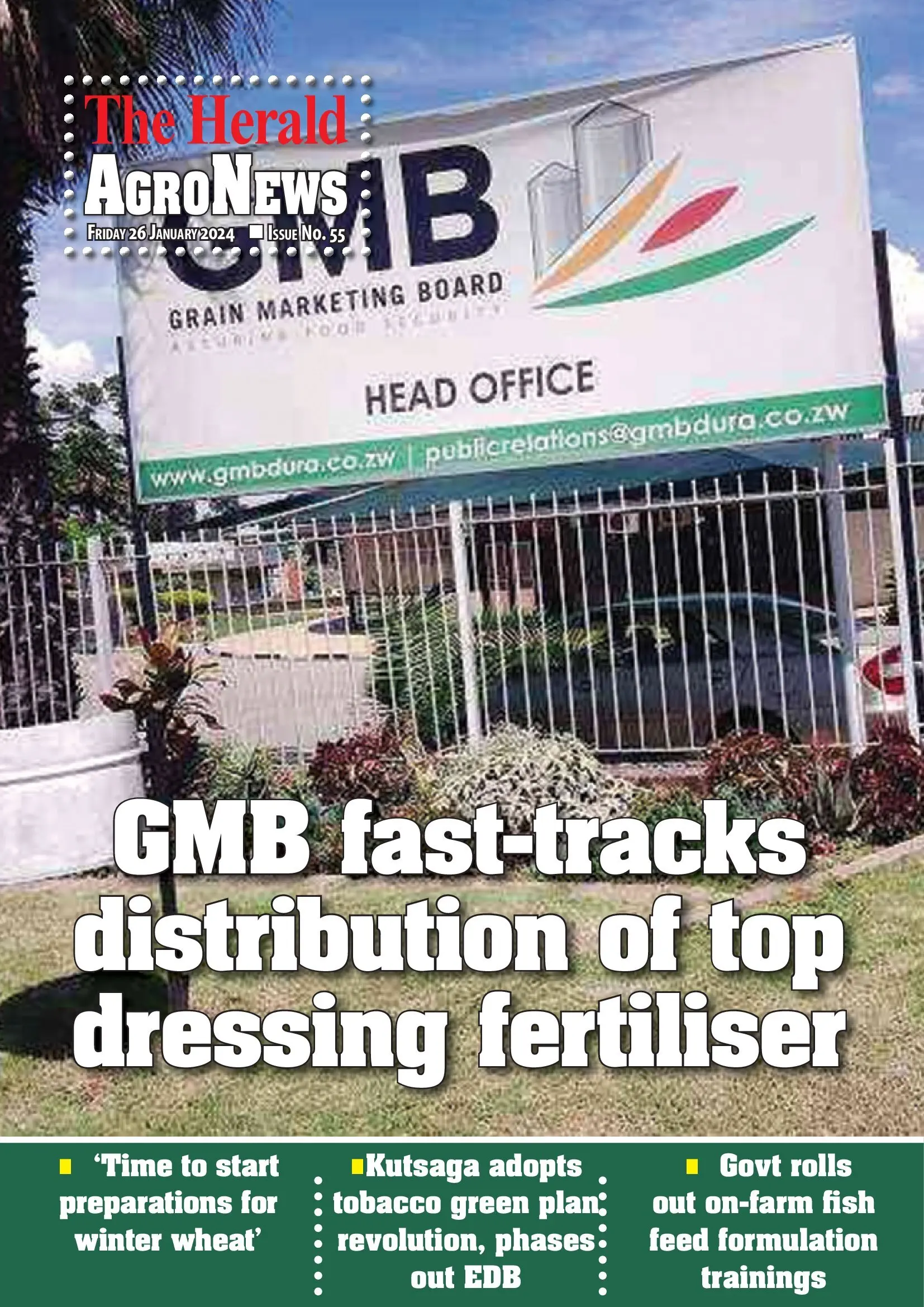EIA: Your questions answered
An Environmental Impact Assessment (EIA) is an assessment of the possible impacts that a proposed project may have on the environment, consisting of the environmental <http://en.wikipedia.org/wiki/Natural_environment>, social and economic aspects. The purpose of the assessment is to ensure that decision makers consider the environmental impacts when deciding whether or not to proceed with a project. The International Association for Impact Assessment (IAIA) defines an environmental impact assessment as “the process of identifying, predicting, evaluating and mitigating the biophysical <http://en.wikipedia.org/wiki/Biophysics>, social, and other relevant effects of development proposals prior to major decisions being taken and commitments made. EIAs require decision makers to account for environmental values in their decisions and to justify those decisions in light of detailed environmental studies and public comments onpotential environmental impacts.
What is the EIA legislative policy?
The Government of Zimbabwe gazetted the Environmental Management Act in 2002 and S.I 7 of 2007 (Environmental Impact Assessment and Ecosystems Protection) which compels prescribed projects listed under the first schedule of the EMA Act (Cap 20:27) to undergo an EIA process prior to implementation.
What projects require an EIA?
The projects that require an EIA are listed in the First Schedule of the Environmental Management Act. They are as follows:
Dams and manmade lakes;
Drainage of wetlands and irrigation schemes
Conversion of forest land to other use;
Conversion of natural woodland to other use within the catchment area of reservoirs used for water supply, irrigation or hydropower generation or in areas adjacent to the Parks and Wildlife estate;
Housing Developments;
Industry-chemical plants, iron and steel smelters and plants, smelters other than iron and steel, petrochemical plants, cement plants, lime plants, agro-industries, pulp and paper mills, tanneries, breweries and industries involving the use, manufacture, handling, storage, transport or disposal of hazardous- or toxic material.
Infrastructure-highways, airports, new railway routes and branch lines, new towns or townships, industrial sites;
Mining and quarrying-mineral prospecting; mineral mining; ore processing and concentrating; quarrying;
Petroleum production, storage and distribution; Power generation and transmission- thermal power stations, hydropower schemes and high voltage transmission lines;
Tourist resorts and recreational developments –resort facilities and hotels, marinas and safari operators;
Waste treatment and disposal-toxic and hazardous waste: incineration plants, recovery plants, waste water treatment plants, landfill facilities and storage facilities; municipal solid waste: incineration, composting, recovery and recycling plants and landfill facilities; municipal sewage: waste treatment plants, outfalls into aquatic systems, effluent water irrigation schemes and
Water supply- groundwater development for industrial, agricultural or urban water supply; major canals, cross drainage water transfers, major pipelines and water withdrawals from rivers and reservoirs.
How long does it take to conduct an EIA study?
Before doing an environmental impact assessment for a project, a developer shall submit a prospectus to the Director General containing information on the project such as the nature of project, location, size, area sensitivity and project implementation strategy among other issues. If the Director General is satisfied that the proposed environmental impact assessment will be capable of evaluating the project’s impact on the environment, she approves it and asks the developer to prepare an environmental impact assessment. If she is not satisfied she rejects the prospectus and gives the developer directions that are necessary for the preparation of a new one. When approving a prospectus the Director General may fix conditio0ns relating to the scope of the assessment and the developer concerned shall comply with any such conditions.
Please talk to us we are always ready to listen. Email: [email protected] <mailto:[email protected]> or 04 305543 / Toll free 08080028, Like our Facebook Page- Environmental Management Agency or follow us on Twitter @EMAeep.










Comments